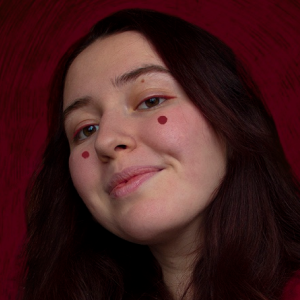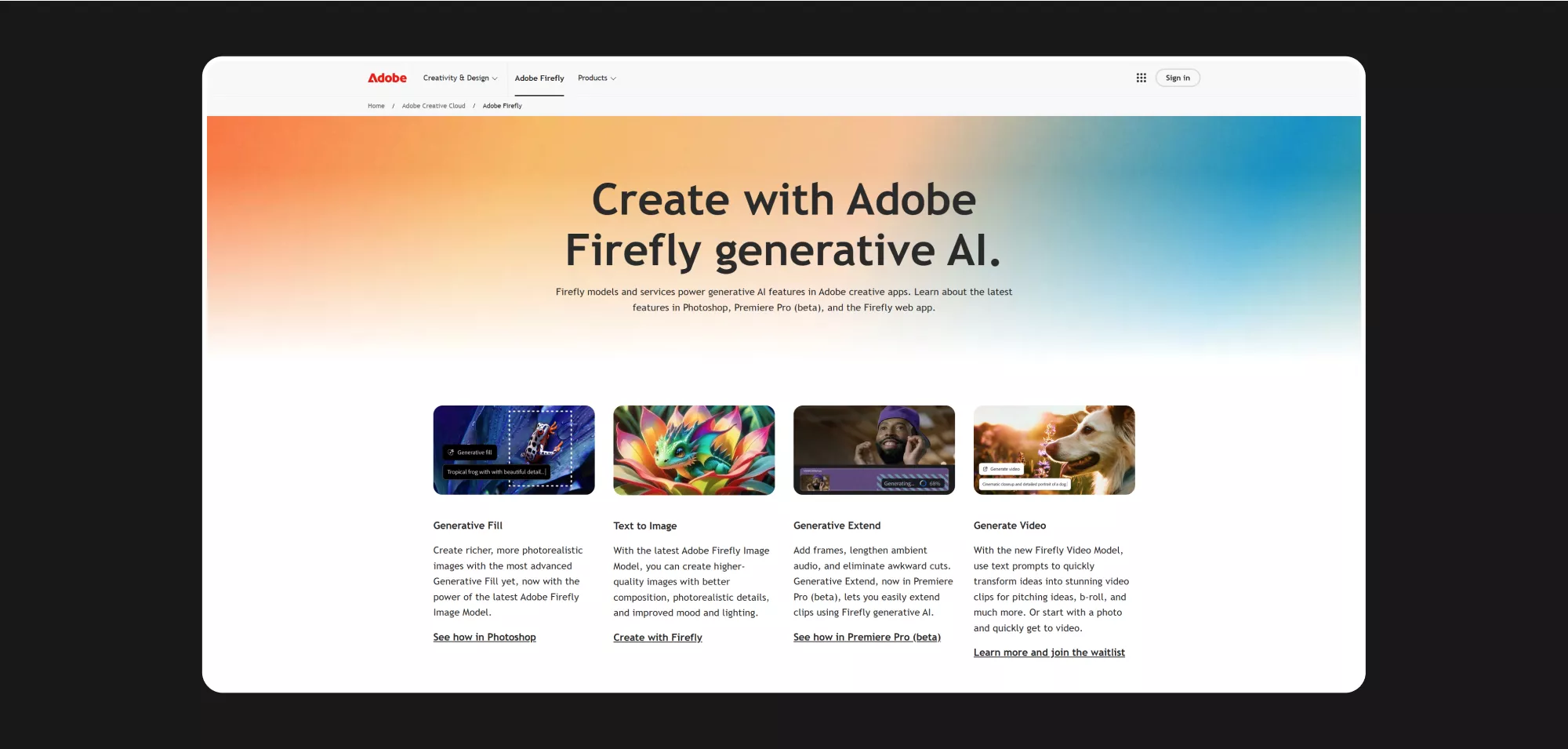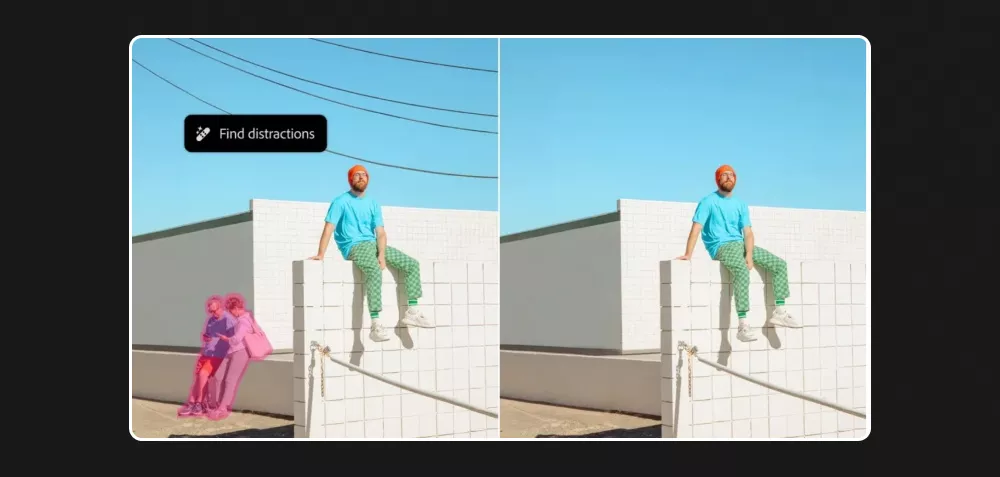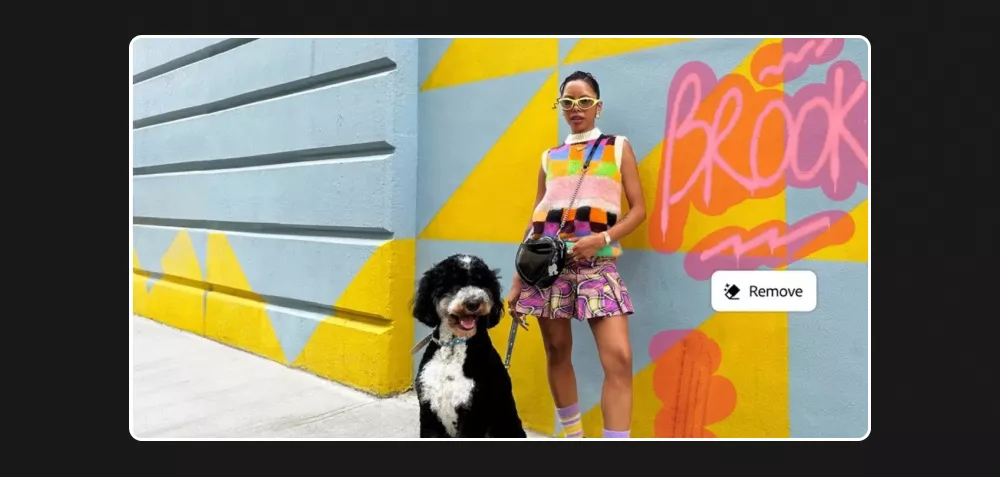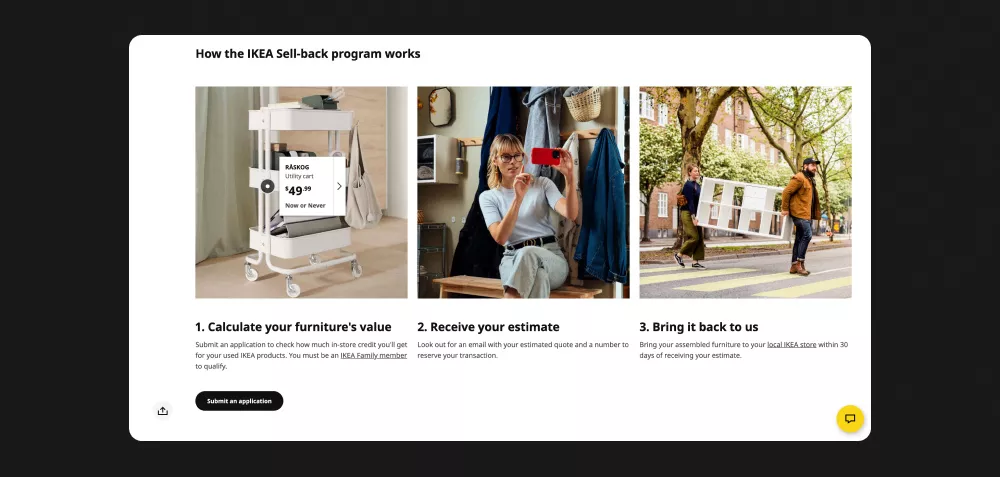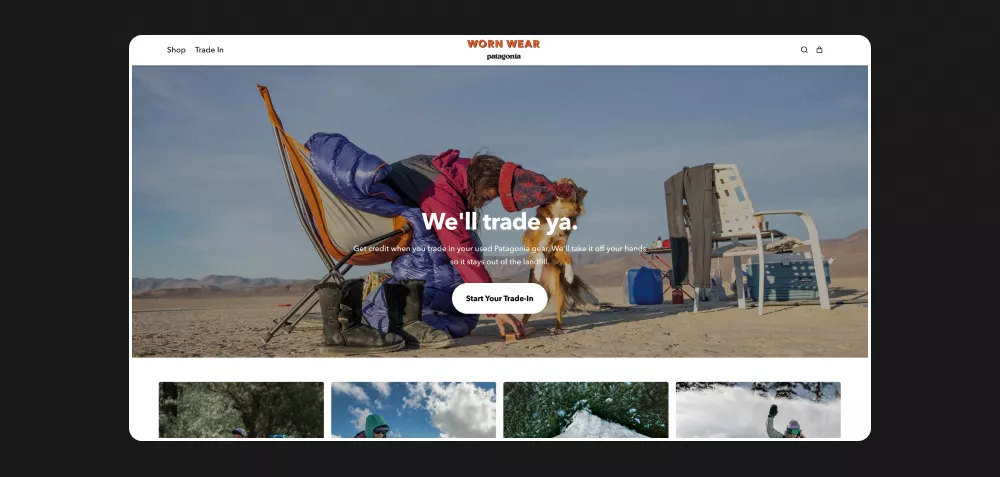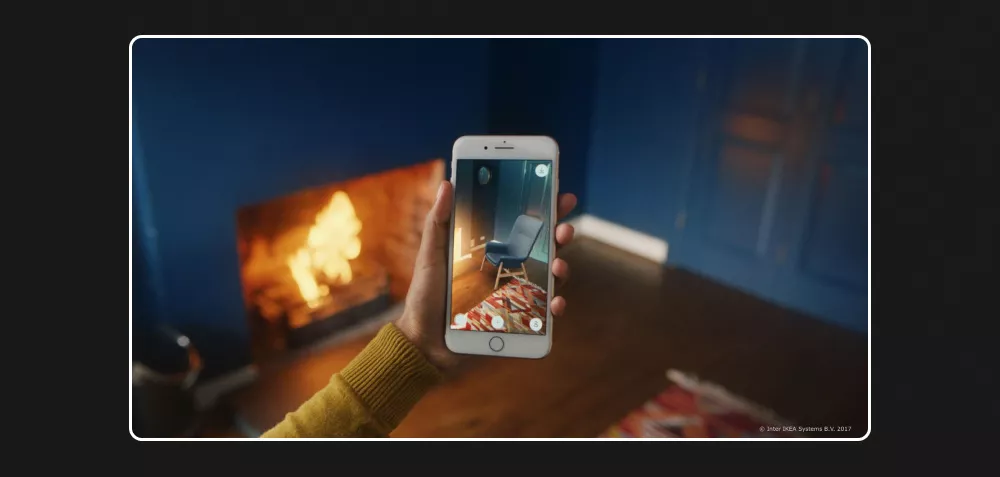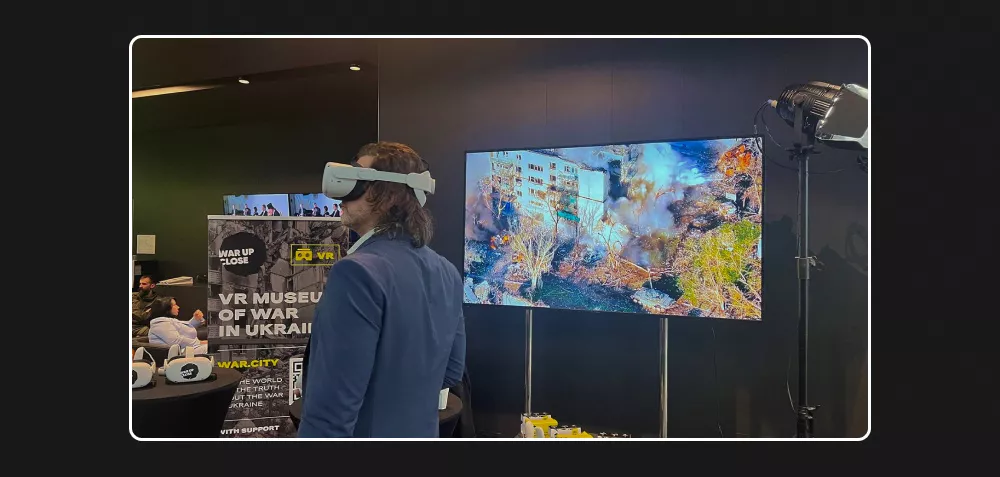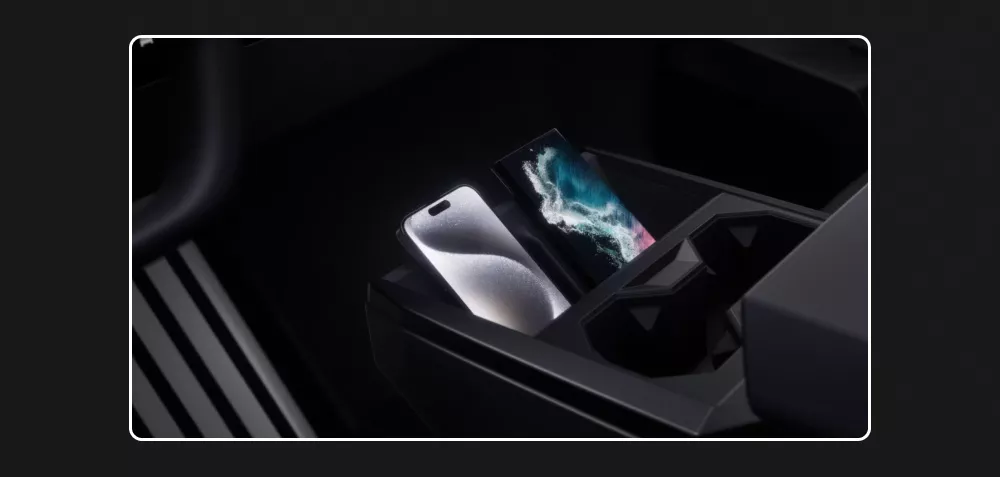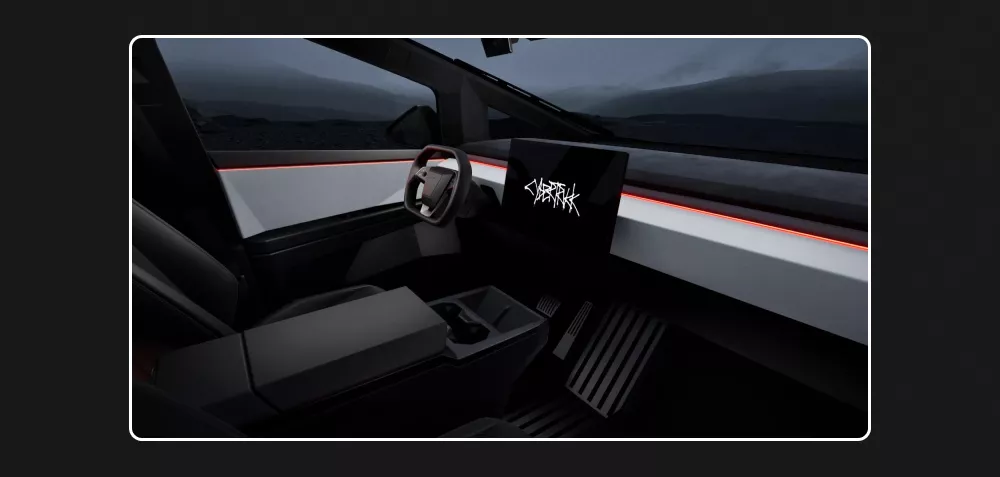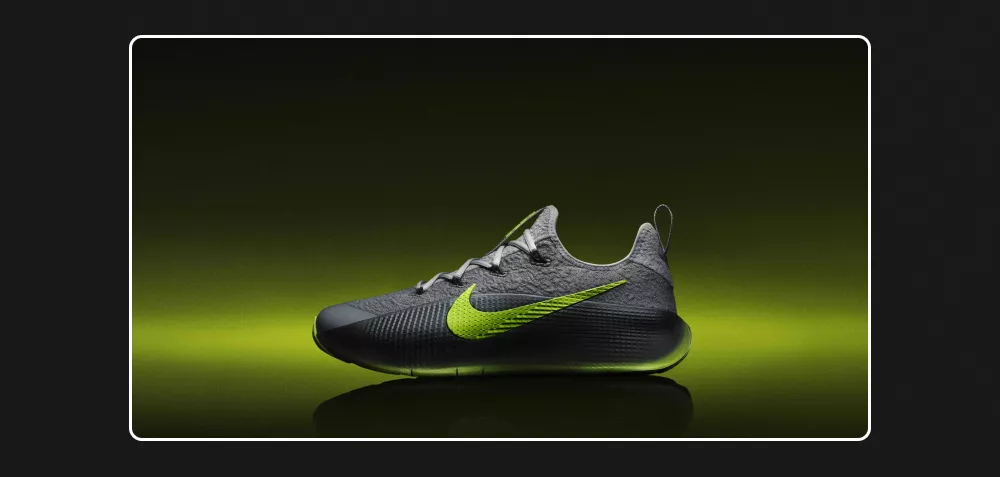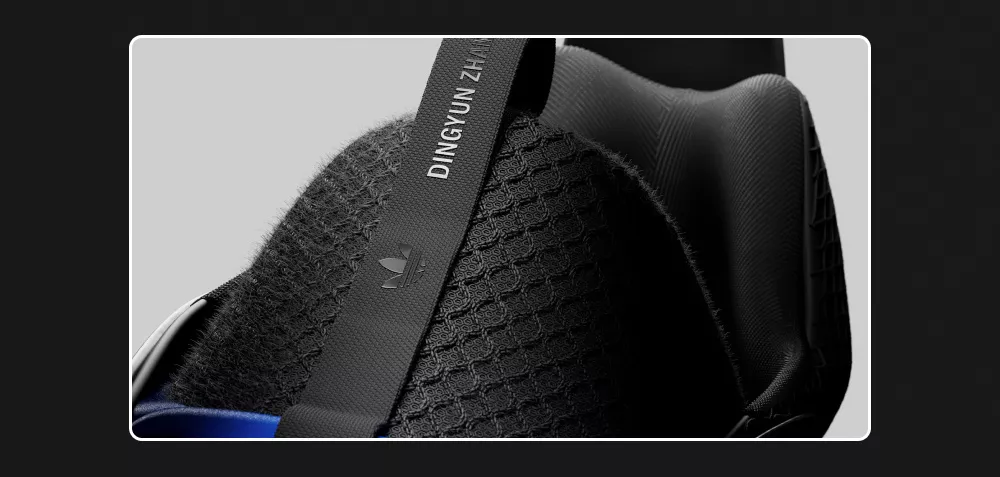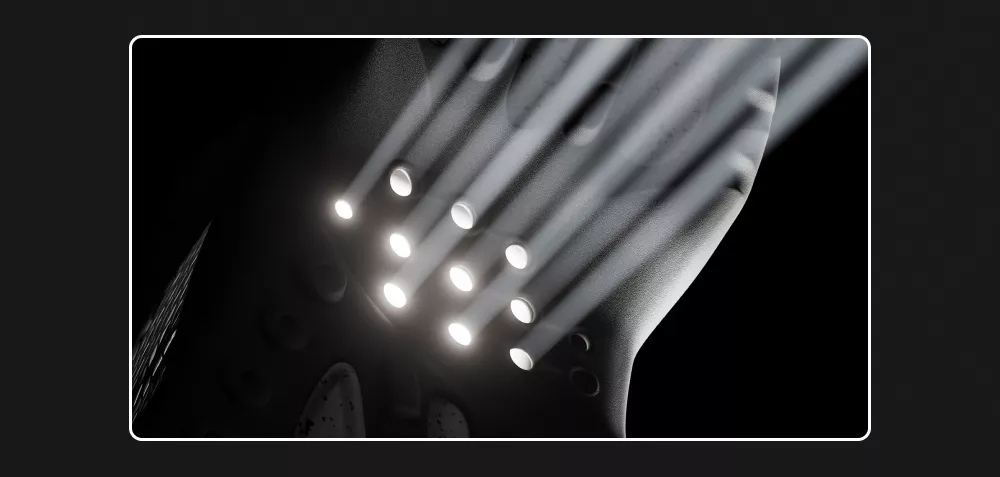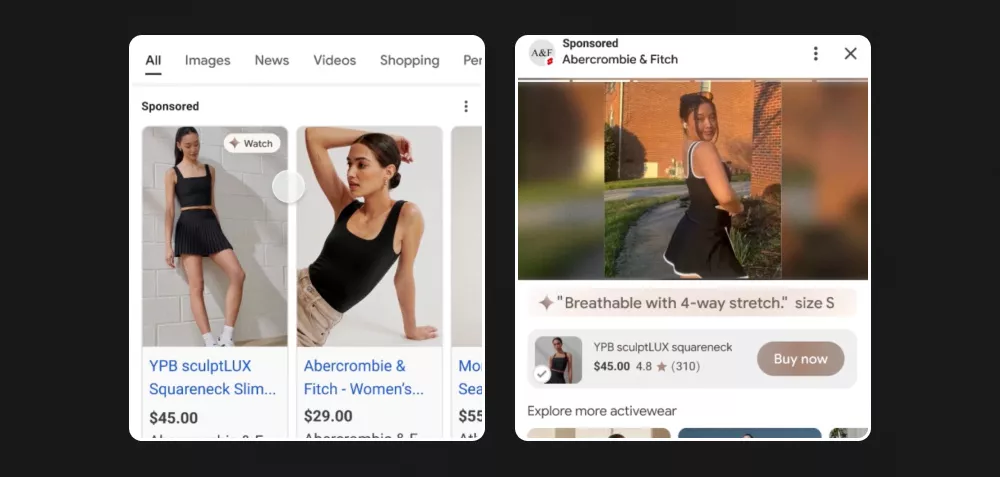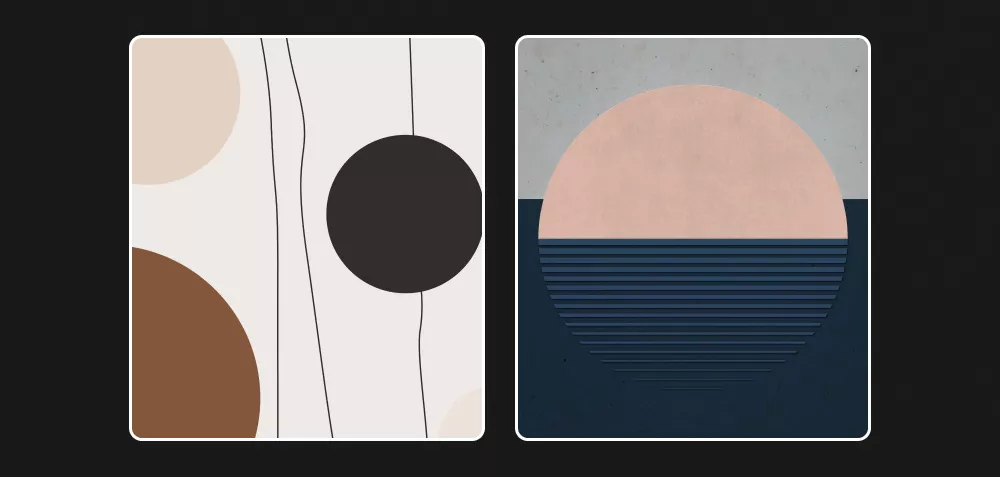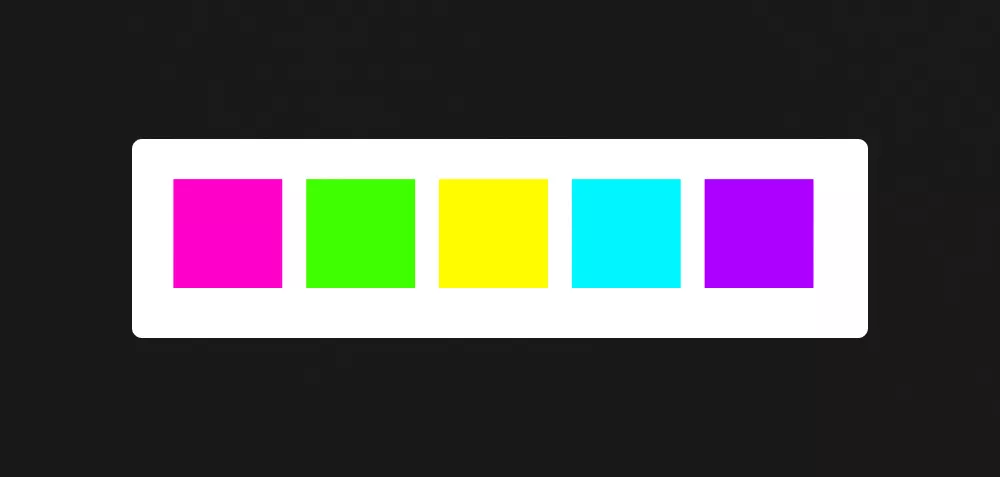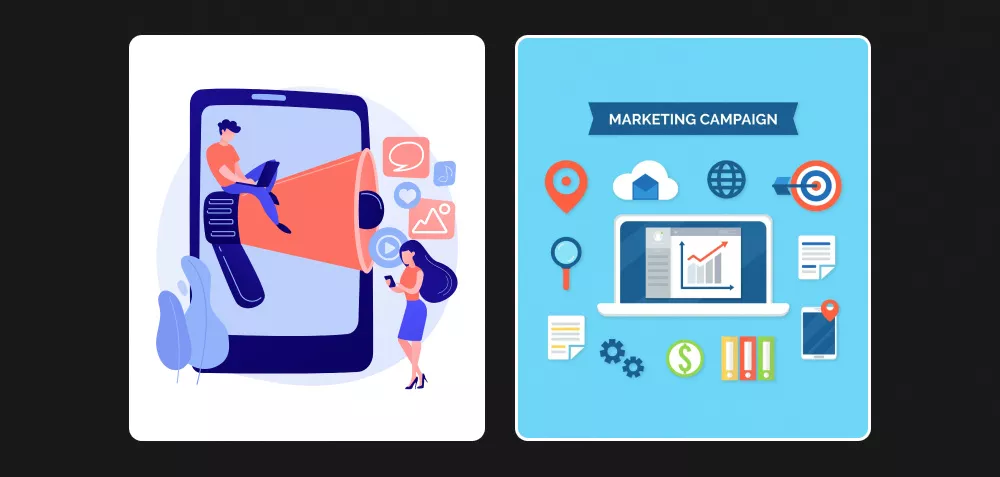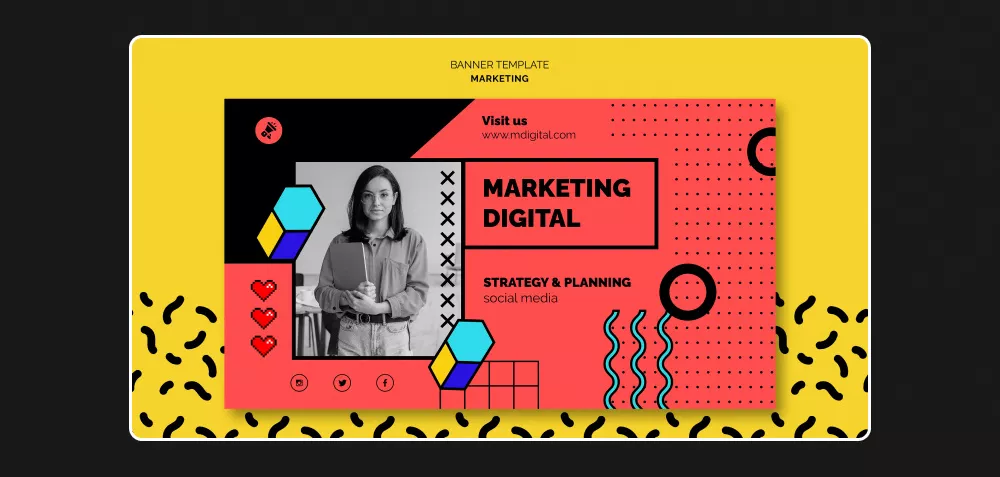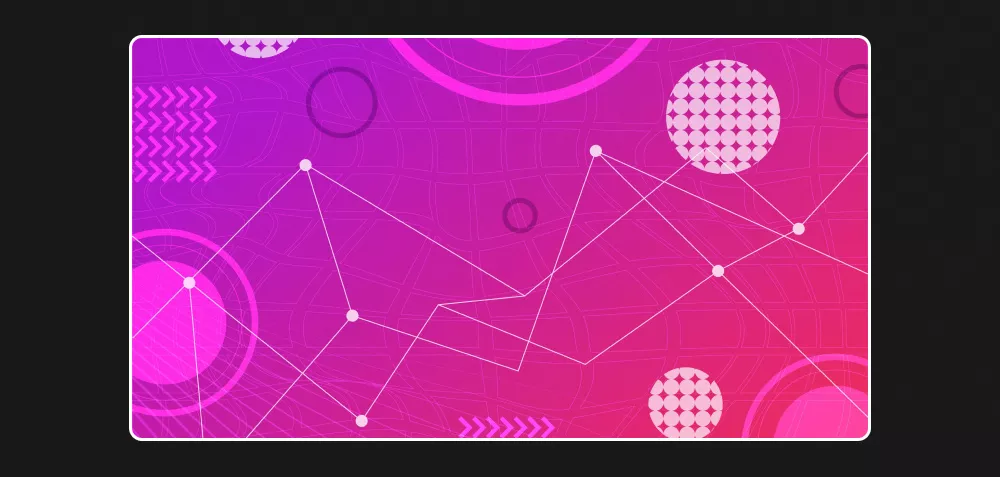Design Trends 2025: Trends and Features That Are Going Out of Style
The year 2025 is expected to be an era of innovation in design, where new technologies, environmental values, and modern ways of interacting with visual content will play a major role.
In this article, I’ll look at the key design trends for next year, including those that could keep growing in popularity and trends that may fade. Note that many of these trends have been identified based on their development in 2024.
Why is following trends important?
Because it helps brands stay attractive and competitive. Design is not just about the look of a product; it is also a way for a company to communicate its values to its audience. If you don’t keep up with new trends, potential customers may not notice the brand, and the brand will lose market share.
Some trends are already starting to lose relevance as 2024 comes to a close, while others will continue evolving.
Designing with AI
Artificial intelligence is actively changing the world of design, and its influence will continue to grow. AI algorithms can perform routine tasks more quickly and create more diverse designs.
For example, in 2023 and throughout 2024, the Adobe Firefly platform has been gaining popularity. It allows designers to create graphics using text queries, making working with graphical content much easier and faster.
This October, at the Adobe Max conference, a revolution in design took place as Adobe announced more than 100 new AI-based features for Creative Cloud apps.
Here are the most interesting ones:
- The program detects unnecessary objects and removes them.
- Generated images are now more accurate and realistic.
- Creating a 3D illustration no longer requires an in-depth knowledge of 3D programs.
Working with video content has become much easier as AI is now able to generate the missing part of the video or pick up the sound. Therefore, 2025 is the perfect time to fully embrace the power of artificial intelligence and use it effectively for brand development.
Ecological design
Environmental consciousness is not just a trend – it’s an essential part of doing business responsibly. Brands are actively thinking about the environmental impact of their products and adapting their processes to sustainability principles.
In 2024, several companies will continue to emphasize sustainability in design and business. For example, IKEA continues to develop its take-back program, where customers return old furniture for recycling or resale. In production, IKEA focuses on environmentally friendly materials, such as certified wood and recycled plastic, and emphasizes this in its choice of colors and accents for the website.
Patagonia also expanded its Worn Wear program to repair and resell used clothing. In 2024, the brand increased its use of eco-friendly materials, such as organic cotton and recycled fibers, and this is reflected on its website.
In 2025, ecological design will become even more prevalent. Using appropriate materials, reducing waste, and minimizing environmental impact will be the main criteria of environmentally friendly products. In design, this will be reflected in the rejection of acid and neon colors in favor of quieter and more natural colors.
Augmented and virtual reality
Augmented reality (AR) and virtual reality (VR) actively influence design, especially in the context of interactive user experience.
A good example is the Ikea Place project. The app virtually arranges furniture in the home, making it easier to make purchase decisions in the store. It allows you to draw inspiration and test different products, styles, and colors in real life with a single touch.
The integration of augmented reality can be used to attract new customers and make choosing products much easier.
Virtual reality draws people’s attention not only to a service or product but also to certain issues by immersing the viewer in them.
For example, Ukraine’s War Up Close project reveals the details of the genocide of the Ukrainian nation through 360° panoramic photos, drone footage, and 3D modeling. In 2024, the War Up Close project took place in Moldova, Lithuania, Luxembourg, and Germany, as well as Dubai, Los Angeles, and New Orleans.
Thanks to modern technology, the team is able to record war crimes to preserve the memory of this tragedy forever.
AR and VR will be increasingly adopted by companies and brands across industries to effectively communicate information to potential customers.
Textured 3D Design
Due to the need for realistic, detailed visualizations that enhance immersion in digital and virtual worlds, textured 3D design will continue to be relevant. Since it reflects the product as accurately as possible, it could possibly become an important tool used to drive sales.
Tesla regularly uses textured 3D design to showcase its electric vehicles. The detailed reproduction of leather and metal textures conveys a sense of premium quality and emphasizes the technical excellence of the car.
Nike and Adidas also continue to integrate 3D technologies into their advertising, focusing on high-quality product visualization. Realistic product images help customers better evaluate materials and features, simplifying the selection process and positively influencing purchase decisions.
In 2025, textured 3D design will be actively embraced by new industries, making advertising more appealing, realistic, and creative.
Motion graphics and animation
Motion graphics and animation will continue to be powerful tools for visual storytelling and branding. In 2024, the following trends will gain popularity:
1. 3D animation with realistic effects. This content looks as close to reality as possible through the use of high detail and accurate texture rendering.
Using this technique, Ukrainian studio WEIS STUDIO creates stunning 3D animations for brands around the world. Their creatives grab the attention of potential customers and create strong emotional connections between the brand and the consumer.
2. Generative animation with AI. Artificial intelligence allows designers to quickly create complex animations that respond to specific requests or user behaviors.
Google is a good example. In its Performance Max and YouTube Shorts ad campaigns, Google uses generative AI to enhance the creativity of its advertising materials. AI generates animated images from product data and creates interactive ads that grab users’ attention.
In 2025, motion graphics will become even more personalized. Short videos with interactive elements will be in trend, and the more traditional long animations will lose popularity.
Trends losing popularity
Not everything stays popular forever. Some trends are already fading and will become a thing of the past in the coming months. Among them are:
- Minimalism without depth. Minimalism will continue trending, but the emphasis on flat and single-layered designs will decrease. Instead, designers will focus on multi-layered, detailed elements that add depth and realism.
- Neon palette. The popularity of neon colors is decreasing, giving way to natural, muted hues. In 2025, designers will increasingly opt for a more natural palette in keeping with environmental trends and the need for sustainable consumption.
- Classic flat design. New technologies and design tools are creating more complex and interactive elements. As a result, classic flat designs that do not use 3D animation or textures will gradually lose popularity.
- Saturated backgrounds. Backgrounds that are overloaded with details or bright colors may disappear. More and more attention will be paid to clean, simple, and intuitive interfaces focusing on the user experience.
Read more about email campaign design:
- The Creative Side of Retention Marketing: How to Create Inspired Emails that Captivate Your Subscribers
- MOYO Email Marketing Case Study: How to Create Unique Gamification with Link Redirection
- Email Newsletter Design: A Complete Guide
Conclusions
- Brands should keep up with design trends, as it helps them stay attractive and competitive.
- In 2025, minimalism without depth, neon palettes, classic flat designs, and saturated backgrounds will lose popularity.
- Instead, using AI, augmented and virtual reality, textured 3D, and motion graphics will gain popularity.
- There will also be a greater focus on environmental friendliness. Designs will use natural colors and emphasize the eco-friendliness of products.
Related Articles
How to Set Up Consent Mode in GA4 on Your Website with Google Tag Manager
Let's explore how to properly integrate consent mode in GA4, configure it for effective data collection, and at the same time comply with GDPR and other legal regulations
Display Advertising Effectiveness Analysis: A Comprehensive Approach to Measuring Its Impact
In this article, I will explain why you shouldn’t underestimate display advertising and how to analyze its impact using Google Analytics 4
Generative Engine Optimization: What Businesses Get From Ranking in SearchGPT
Companies that master SearchGPT SEO and generative engine optimization will capture high-intent traffic from users seeking direct, authoritative answers
